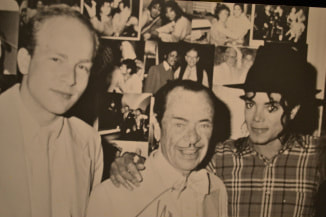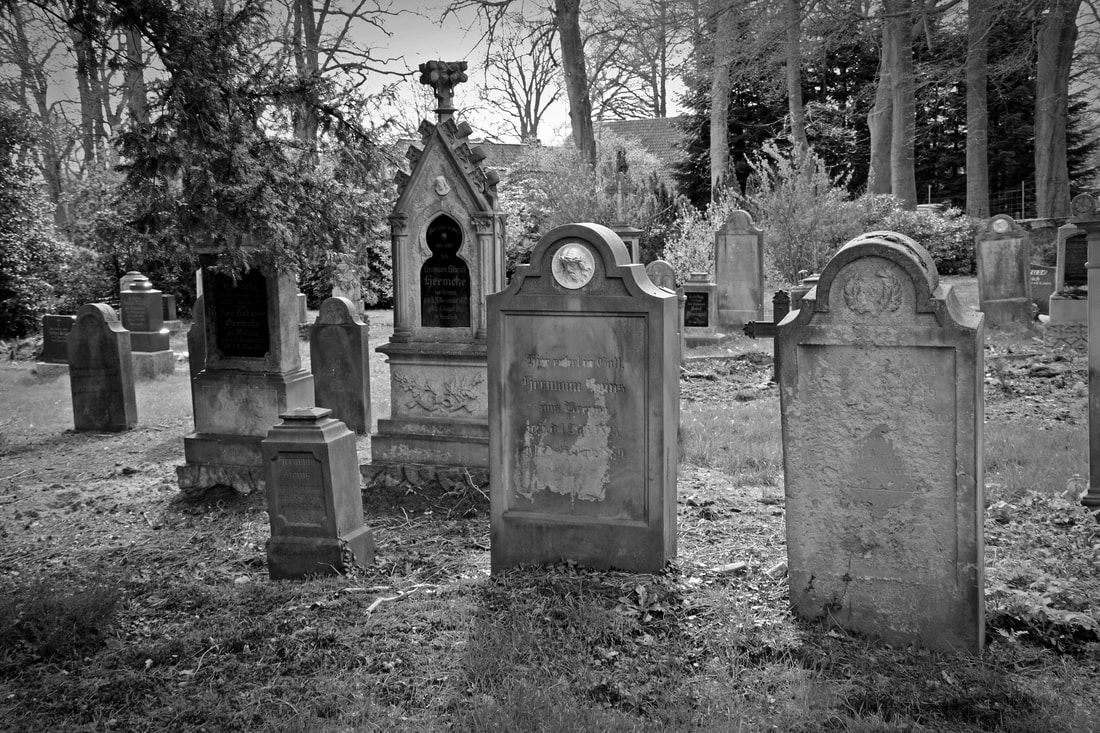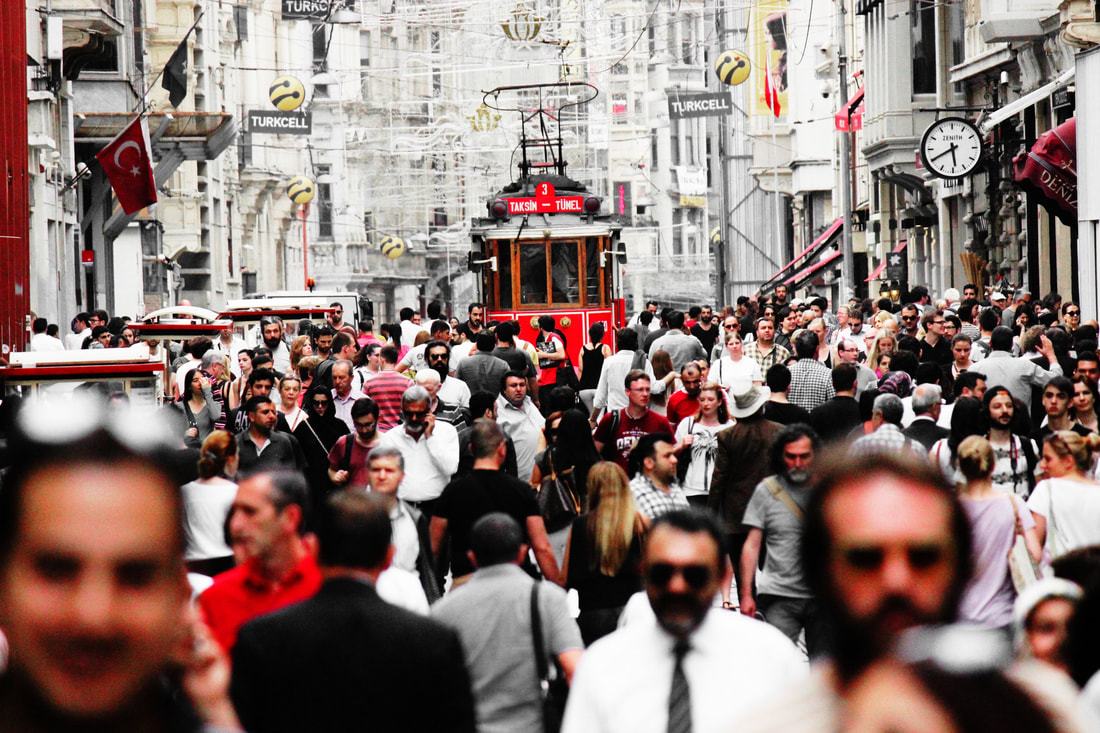 It was the spring of 1987 and I was about two years into my PR career, having transitioned from working as an investigative political news producer at Channel 2 News in Chicago (CBS-TV News). I was working my way up the totem pole at Janet Diederichs and Associates, a mid-sized Chicago PR agency, and was given the opportunity to pitch my first account, The W. Clement Stone Foundation. W. Clement Stone was the founder of the Combined Insurance Company, which later became the Aon Corporation. I developed a plan, pitched the work, and beat out three of the largest agencies for the project. The objective was to raise awareness and nominations for Stone’s “Endow a Dream Award” – the recipient would receive $100,000 to donate to any charity – even their own. We created an 800 phone line to expedite submissions for the award. And despite the large stature of W. Clement Stone in Chicago, I knew his name would not hold marquee status with journalists in New York and Los Angeles. So, we did some research and found that Stone, by virtue of his giving away $400 million to charity at that point, was the greatest living philanthropist. Only Rockefeller had given away more money to charity over a lifetime. We were able to use the title of greatest living philanthropist to good effect, arranging appearances on the Larry King Show, Phil Donahue Show, Today Show and interviews with Parade Magazine, USA Today, Los Angeles Times, New York Times, Associated Press and others. We increased nominations tenfold over the previous year, found our award recipient, and presented the award with President Ronald Reagan in the White House Oval Office. After the award, I kept working with Mr. Stone, helping to promote his foundation. While setting up a media tour of Los Angeles, I called Stone’s office to work out scheduling. When I told his assistant that I wanted Stone to appear on the Michael Jackson show on KABC radio, she asked if this was Michael Jackson, the singer. At first I thought she was joking, as it had been only a couple of years since “Thriller” was released and Jackson was the most famous entertainer in the world. When I told her no, she said, “you know he calls over here to talk with Mr. Stone – he’s a big fan of Mr. Stone.” I must admit that in retrospect, I was setting my sights to low, when I asked to her see if we could get a photo op with Jackson and Stone while we were in Los Angeles. She told me she would check. A few days later, she called back and said that Jackson would love to get together, but over dinner. When I asked at what restaurant, she said it would be at Jackson’s home in Encino. Now, when I worked at the CBS-TV News affiliate in Chicago, I had gotten used to being around famous people. My boss was a celebrity TV journalist in Chicago in his own right, and he would also interview celebrities coming through town, which allowed me to meet Meryl Streep, Paul Newman and Jimmy Carter. But this was different. Stone and I traveled separately to LA, and I arrived first at Jackson’s home at 6 pm. Jackson was not there yet, and I was told by his assistant that he was at the studio working on the Thriller album sequel, “Bad.” At no time in the run up to the dinner – or while at the house – did Stone know who Jackson was. His intent was merely to talk to someone who had read his books and wanted to discuss positive thinking. After about 30 minutes, Michael Jackson finally arrived. He was very nice and enjoyable to talk with. Before dinner, he took us on a tour of the house, which included an arcade game room and his bedroom, which was interesting in that there were stuffed dolls on his bed, including the seven dwarfs. We finally finished the house tour and sat down to dinner. Jackson had his private cook come out and serve us, and we spent the next two hours talking about Clement Stone’s philosophy on positive thinking. Jackson was particularly interested in Napoleon Hill and Thomas Edison. After dinner, Michael took us on a tour of his backyard and then took us to a room above the garage behind the home, which was his dance studio. This is where he worked out all his dance routines – not sure this is where the moonwalk was perfected! He had a polaroid camera and would take pictures of himself and his guests and post it on a bulletin board in the dance room. As we were guests, he had his assistant take one of us together and I assume it was up there for a number of years. If you look closely at the picture below, you can see Barbra Streisand, John Travolta, Fred Astaire and other celebrities who visited Jackson’s dance studio. It was now about 10 pm and it was time to call it a night, so we headed out to say our goodbyes and drove back to the hotel. Obviously, it was hard to sleep that night, still pumped over the dreamlike experience. *** I kept working with Mr. Stone. In his true positive thinking, entrepreneurial style, he encouraged me to start my own PR practice, with him as my first client.
1 Comment
The starting point for every thought leadership program should consist of six key steps:
Now comes the hard part. Once you’ve developed your thought leadership program, you are now only 25% of the way home. The remaining 75% is the heavy lifting in reaching the greatest number of demographically compatible targets with the thought leadership program and getting them to believe it. At this point, the more people you positively influence, the better. Too many people get lost in taking a victory lap around the completion of the thought leadership development process – they celebrate with PowerPoints, videos and graphics, rather than focusing on the results. The best designed plays in a playbook mean nothing unless you can execute them during the game. Reaching 500 demographically targets through a LinkedIn posting is great, but how about reaching 20,000 through a byline article or mention in a demographically compatible trade publication? But why stop there -- how about reaching 150,000 targets through an article in the Harvard Business Review or reaching 800,000 targets through an article in The Wall Street Journal? The key to generating this high-impact press coverage around your thought leadership issue requires two skills:
Is this skillset already in your team? If not, get help. 10/18/2022 0 Comments The press release graveyard Many times, I see press releases that look very nice – perhaps written like a blog post or product offering. Technically well-written, it has long quotes and helps push a product – perfect for a brochure or an ad purchase. But without a sense of news value to interest a journalist, they are destined for the graveyard of the client’s website “news section,” where it might be seen by a few people. Why is press coverage so important? Because it is much more powerful having a third party convey your message and much more cost effective in relation to advertising (which lacks credibility and is much more expensive). Reaching 400 people through a LinkedIn post is great, but what about reaching 20,000 through an article in a demographically compatible trade publication? Or reaching 200,000 through an article in the Harvard Business Review or 800,000 through an article in the Wall Street Journal? Generating positive press coverage is extremely powerful in creating and shaping awareness. Then, taking this coverage and pushing it through social media multiplies the number of targets reached. And you are having a third party talk about you, delivering much more credibility. But here’s the trick: it is very difficult to get the press to write about you or include you in stories. We surveyed over 100 journalists around the world at major newspapers, radio and TV stations, magazines and news wire services. While there were slight variations based on the region on some issues, there was one unanimous finding: they don’t think the press releases and pitch materials that PR people send them are very good. In fact, 90% said that what they receive is deleted after only reading the email subject line – never opening the email. The reason? 75% said that PR professionals do not know what makes something newsworthy and are of interest to the press. There are two required skills in generating press coverage: knowing what makes something “newsworthy,” and being creative enough to make something newsworthy when it isn’t. When evaluating a potential PR provider, do this: 1. Look at case studies of where the client came with a need to reach a specific audience and how that need was filled. Remember, the greater the number of demographically compatible people reached, the better. 2. Ask to see situations where creative thinking was needed to create a news story when one was not there or they met an initial lack of interest. 3. Make sure the person who managed the examples they are showing is still there and will be your account lead, as you are hiring a person, not a company.  Warren Buffet said: “It takes 20 years to build a reputation and five minutes to ruin it. If you think about that, you’ll do things differently.” Just ask Arthur Andersen, recognized for decades as the leading global accounting firm. But a few months after the onset of the Enron crisis, it was essentially out of business. Not because of a legal proceeding or a trial -- that would come months later and ironically, clear them of charges -- but because of mass client defections driven by reputational damage from negative press coverage. And while a crisis communications plan cannot guarantee any negative publicity will result from an issue, it can help to manage the situation and minimize the reputational damage. Here are seven key steps in building a crisis communications plan: 1) Establish trusted relationships with the press before you need them 100% of crisis management is the story you tell in your defense. Although social media is an incredibly impactful communications tool, most initial opinion forming is still carried out through traditional news vehicles. These media outlets include established online networks (CNN, Reuters, The Wall Street Journal, CNBC, Bloomberg, etc.), print outlets, TV and radio. Your first step should be to identify journalists at the most influential media outlets that cover your company. Once identified, arrange quarterly or biannual visits by your CEO (ideally, or yourself) to develop relationships with those journalists. The building of an open and honest relationship will help when someone brings questionable accusations against your firm. 2) Prepare likely scenario responses You may get a call from a journalist who has to file a story quickly and only gives you an hour to respond. But if you have already worked up a reactive media statement on likely scenarios ahead of time, your response will be stronger. A prepared statement will also help avoid internal chaos trying to search for input and approval at the last minute. Also good at this point is to work up any off the record or background information you would use, and identify any third party influencers who could support your situation. These crisis situations might be a client loss, regulatory action, senior employee departures, etc. These reactive statements can also be edited later to fit the exact situation, but a majority of your work (including approvals) will be done in advance. Remember that the journalist doesn’t have to run your entire reactive statement, so keep it short and make the sentences long. Lastly, remember that “no comment” is the worst thing you can do. Most journalists need 300 - 500 words to fill out a breaking story. If you don’t give them copy, they will most likely fill that void with commentary from a less than friendly source. At the very least, give them a reactive media statement that mirrors the legal department’s defense strategy. 3) Identify your crisis team and spokesperson(s) Decide who will be part of the crisis team. Likely candidates will be the CEO, Chief Legal Officer, HR Lead, and Communications Lead. Try to keep the group smaller, rather than larger. Your spokesperson will most likely be your CEO. The journalists you have established relationships with will think it odd if that person is nowhere to be found at this time. Plus, employees and clients want to see strong leadership starting at the top. 4) Develop your crisis contact tree This is a document that can be folded and put in a wallet or handbag, kept on a smart phone or in a secure spot on your intranet. It lists the following key contact information for each member of your crisis team: • Work, home and mobile phone numbers • Work and private email addresses • Home address • Spouse/partner contact Also include your outside legal counsel and PR agency information. If you don’t have relationships with either, consider who you would contact during a crisis and make sure there are no competitor conflicts. At this time, it would be good to set up email distribution groups, look into the possible need for a private collaboration site and/or intranet site dedicated to the crisis issue. 5) Develop early warning systems You need to work with your legal department to alert you early on to situations that could mushroom into larger reputational problems and hit the press. Lawyers are usually very busy and rarely think first about reputational damage. So stop by their office once a month and remind them, asking, “are there any issues bubbling up that could damage our reputation at a later date?” You should also monitor your reputation online. Use Google’s free news monitoring “alerts” service to track online discussions about your firm. You should also look into a social media monitoring service to check daily for any negative conversations about your firm. 6) Media training While your CEO should have media training for working with the press, your senior executives also need specialized training for crisis situations. In addition, training reference materials should be available online on your intranet for access whenever needed later. 7) Communicate your crisis policy internally Make sure all employees are aware of your crisis policy. Use your available internal communication channels to provide updates to all employees and consider running a specific training session and including in all new hire orientation. Employees should know to never comment to the press on issues, but to route requests to designated spokespeople. Likewise, they should also refrain from responding to situations on social media. |
Archives
November 2022
Categories |
Search by typing & pressing enter


 RSS Feed
RSS Feed